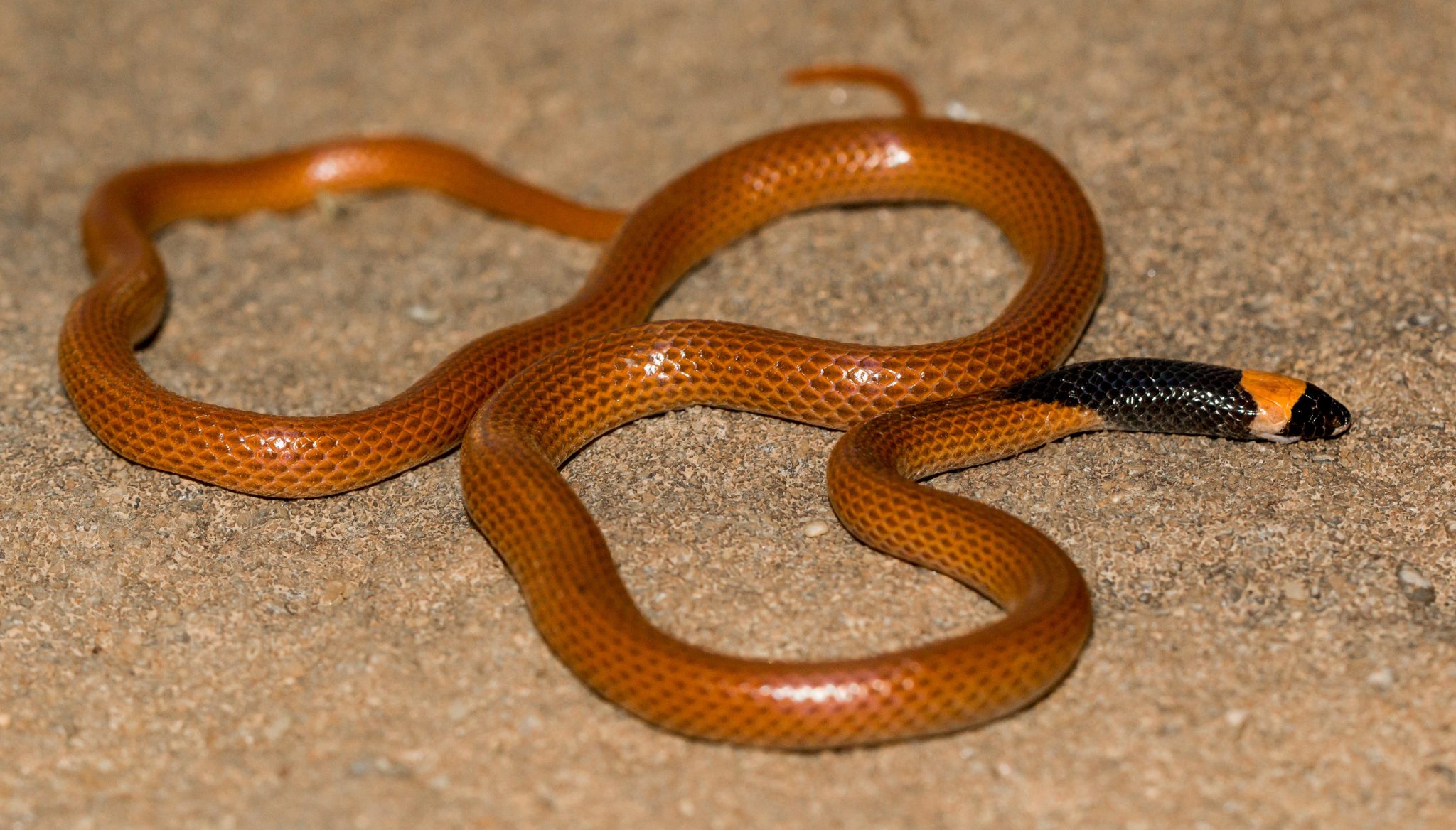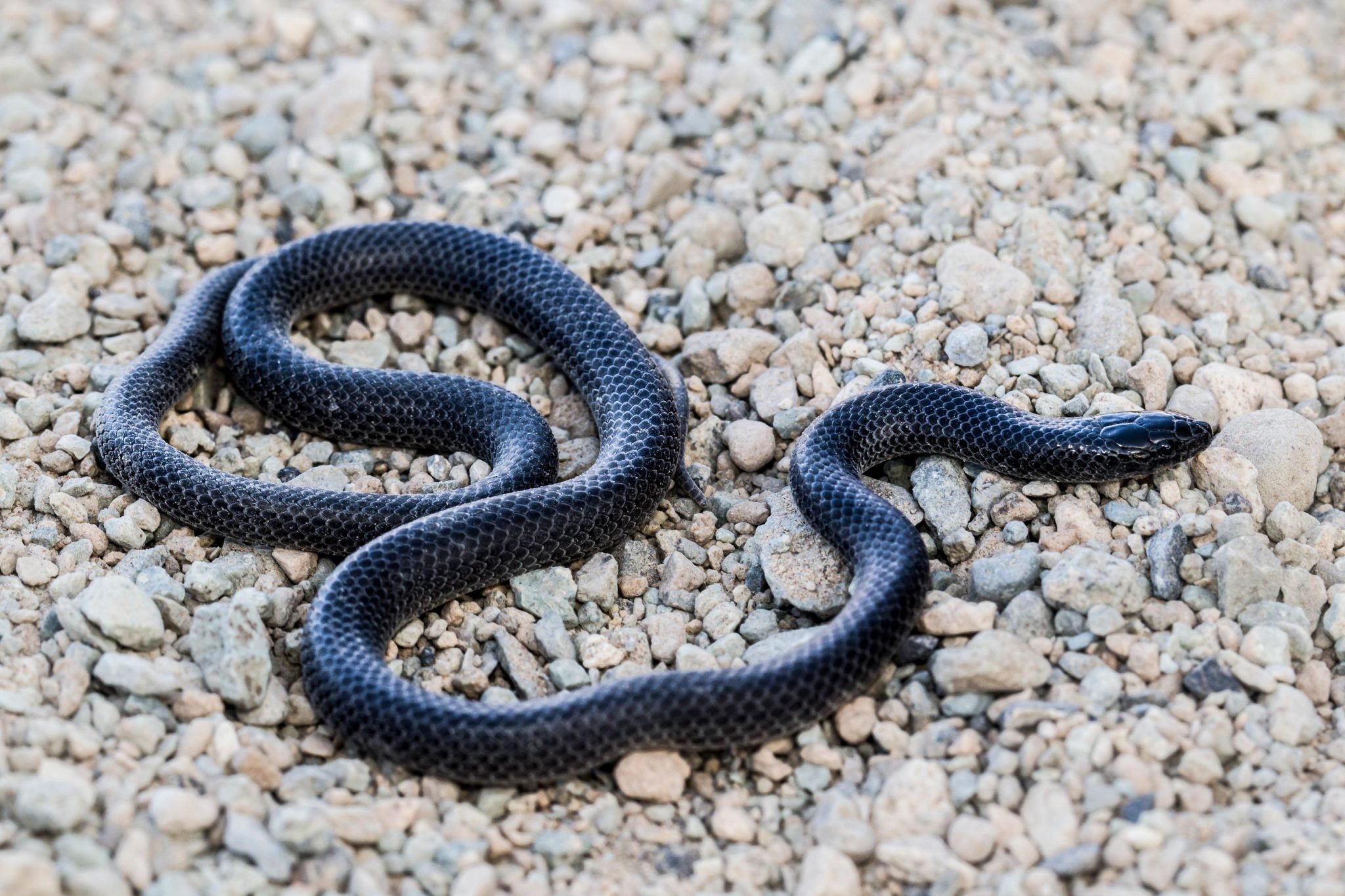The discovery of a new snake resolves an old scientific mystery
Follow us on Google News (click on ☆)

Rhynchocalamus hejazicus in its natural habitat.
Credit: Fulvio Licata
This discovery is the result of the work of an international team of scientists from the Research Center in Biodiversity and Genetic Resources (CIBIO) in Portugal and Charles University in the Czech Republic. Their findings were published in Zoosystematics and Evolution, a journal from Pensoft in collaboration with the Museum für Naturkunde in Berlin.
Rhynchocalamus hejazicus lives on sandy and rocky soils with variable vegetation cover, including habitats disturbed by humans. This adaptability indicates that the species is not currently considered endangered according to IUCN criteria. Nevertheless, its nocturnal habits and natural history remain poorly understood, necessitating further research and conservation efforts.
The Kingdom of Saudi Arabia, particularly through the Royal Commission for AlUla, promotes intensive field studies and scientific collaborations. These efforts have led to significant discoveries, such as this snake, resulting from extensive sampling around the ancient oasis city of AlUla. The discovery of such a distinctive snake underlines the importance of enhancing monitoring and sampling efforts to fully capture the diversity of species in still-unexplored areas.

Melanistic morphotype of Rhynchocalamus hejazicus.
Credit: Fulvio Licata
The Rhynchocalamus hejazicus might represent the missing piece of the puzzle, revealing hidden aspects of the biodiversity of the Arabian Peninsula. This paves the way for potential new discoveries of yet-unknown species in the region.